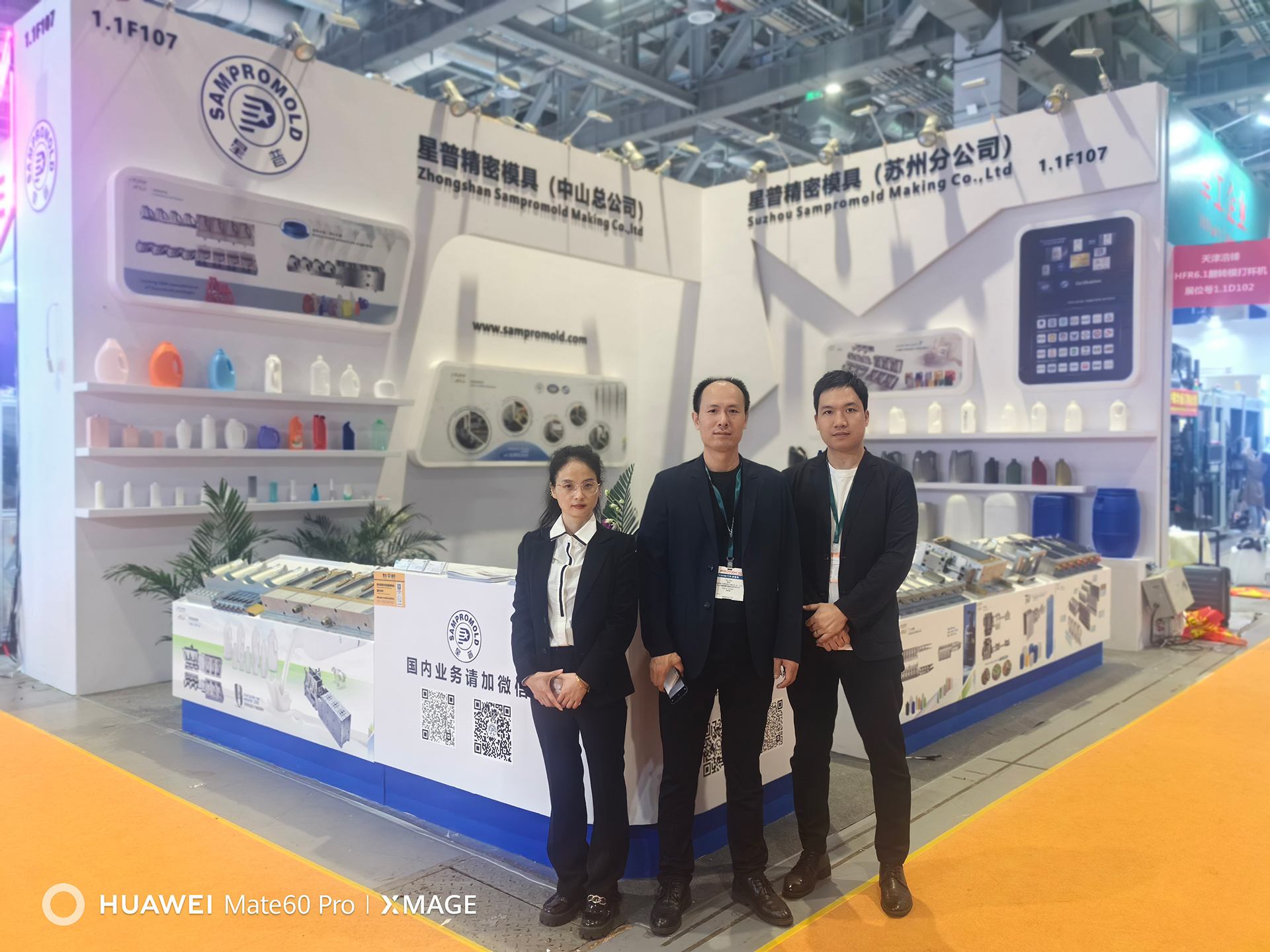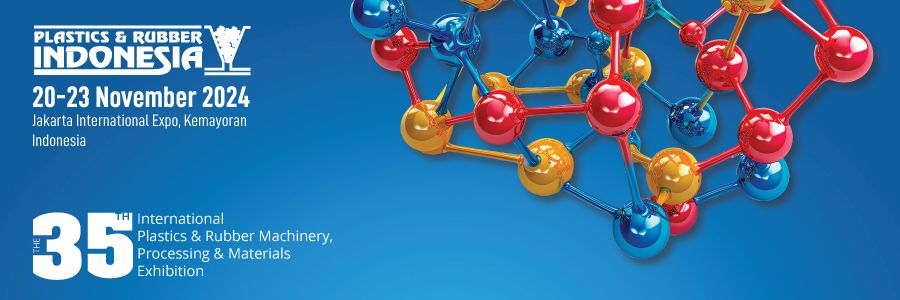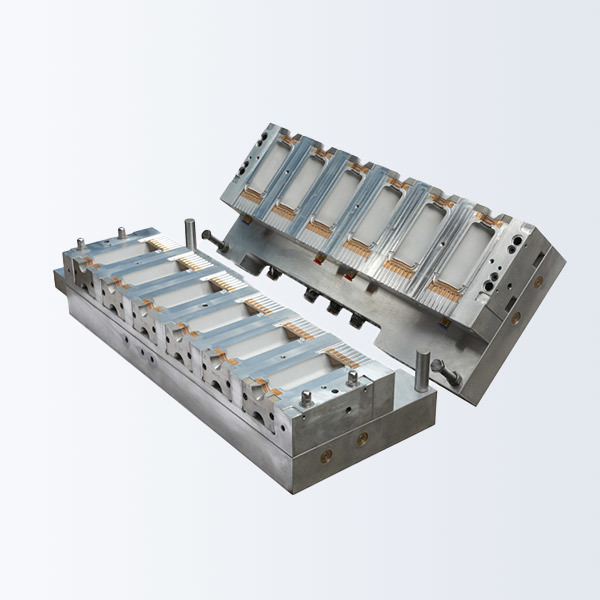Unlocking the Potential of Quality: The Importance of Classy Liquid Silicone Injection Molds
Time:
2025-03-11
Liquid silicone injection molds are specialized tools used in the manufacturing process to create intricate parts and products from liquid silicone rubber (LSR). Unlike traditional silicone molds, these molds offer higher precision and are capable of producing components with complex geometries, tight tolerances, and superior surface finishes.
The primary advantage of liquid silicone is its ability to resist extreme temperatures, making it ideal for a variety of applications ranging from consumer goods to medical devices. The injection process involves heating the silicone material until it becomes liquid, then injecting it into the mold cavity under high pressure. This method ensures that the material fills every nook and cranny of the mold, resulting in high-quality products.
The Advantages of Using Classy Liquid Silicone Injection Molds
Investing in classy liquid silicone injection molds offers several significant advantages, including:
1. Enhanced Product Quality
Classy molds facilitate the production of components with exceptional accuracy and surface quality. This leads to higher customer satisfaction and reduced waste due to imperfections.
2. Durability and Longevity
High-quality liquid silicone molds are designed to withstand the rigors of repeated use. They exhibit resilience against wear and tear, ensuring a longer lifespan compared to inferior molds.
3. Cost-effectiveness
While the initial investment may be higher, classy molds can significantly reduce production costs over time. Their durability means fewer replacements and lower maintenance costs.
4. Versatility
These molds can be used to manufacture a wide range of products across various industries, such as automotive, medical, and consumer electronics. This adaptability is crucial for businesses looking to diversify their product lines.
5. Improved Efficiency
The precision of liquid silicone injection molds minimizes material waste and enhances the speed of production, allowing manufacturers to meet tight deadlines without compromising quality.
Applications of Liquid Silicone Injection Molds
Liquid silicone injection molds are utilized across multiple industries due to their versatility. Here are some of the major applications:
1. Medical Devices
In the medical field, LSR molds are used to create various components such as seals, gaskets, and surgical instruments. Their biocompatibility and sterilization capabilities make them ideal for medical applications.
2. Automotive Parts
The automotive industry benefits from the use of liquid silicone in creating components that require high-temperature resistance and durability, such as seals, hoses, and lighting components.
3. Consumer Products
From kitchenware to toys, liquid silicone molds enable the production of diverse consumer products that are safe, durable, and aesthetically pleasing.
4. Electronics
In electronics, LSR molds are employed to create protective casings and components that require insulation and resistance to heat, moisture, and chemicals.
Key Features of High-Quality Liquid Silicone Molds
When selecting liquid silicone injection molds, certain features indicate quality and efficacy:
1. Precision Engineering
High-quality molds are designed with precision to ensure each component meets the required specifications. Advanced CAD software is often used in their development.
2. Temperature Resistance
Classy molds can withstand a wide range of temperatures, making them suitable for various applications. This feature is crucial for industries that operate under extreme conditions.
3. Chemical Resistance
Liquid silicone is naturally resistant to many chemicals. High-quality molds further enhance this property, ensuring longevity in challenging environments.
4. Surface Finish
The surface finish of the molds influences the final product's aesthetics. Classy molds produce smooth finishes that reduce the need for additional post-processing.
5. Customization Options
Many manufacturers offer customizable mold designs tailored to specific client needs, allowing companies to create unique products that stand out in the market.
The Manufacturing Process of Liquid Silicone Injection Molds
Creating high-quality liquid silicone injection molds involves several critical steps:
1. Design and Prototyping
The process begins with designing the mold using CAD software. Prototyping may follow, where a prototype mold is created to test the design's effectiveness before mass production.
2. Material Selection
Choosing the right silicone material is crucial. Factors like viscosity, curing time, and application suitability must be considered.
3. Mold Fabrication
The fabrication of the mold typically involves CNC machining and other advanced manufacturing techniques to achieve the desired precision and surface finish.
4. Testing
Before mass production, the molds undergo rigorous testing to ensure they can withstand operational demands and produce high-quality products.
5. Production
Once testing is complete, the molds are ready for production, where liquid silicone is injected under high pressure to form the final products.
Common Issues and How to Avoid Them
While liquid silicone injection molding is a highly efficient process, challenges can arise. Here are some common issues and solutions:
1. Incomplete Filling
**Problem:** This can result from insufficient pressure or viscosity issues.
**Solution:** Ensure proper machine settings and select the correct silicone material for the application.
2. Surface Defects
**Problem:** Surface imperfections may occur due to mold wear or contamination.
**Solution:** Regular maintenance and cleaning of molds can prevent this issue.
3. Dimensional Inaccuracies
**Problem:** Variations in product dimensions can arise from mold distortion.
**Solution:** Invest in high-quality molds and regularly inspect them for wear and tear.
Maintenance Tips for Liquid Silicone Injection Molds
To ensure the longevity and performance of liquid silicone injection molds, proper maintenance is essential. Here are some valuable tips:
1. Regular Cleaning
Clean the molds regularly to remove any silicone residue and prevent contamination.
2. Inspect for Damage
Conduct routine inspections for signs of wear or damage, and address any issues promptly.
3. Proper Storage
Store molds in a controlled environment, away from extreme temperatures and moisture. This helps preserve their integrity.
4. Lubrication
Apply appropriate lubrication to moving parts to minimize friction and wear during the injection process.
5. Follow Manufacturer Guidelines
Always adhere to the maintenance guidelines provided by the mold manufacturer to ensure optimal performance.
Future Trends in Liquid Silicone Injection Molding
As technology advances, several trends are shaping the future of liquid silicone injection molding:
1. Automation
Increased automation in the manufacturing process is enhancing efficiency, reducing human error, and lowering costs.
2. Eco-friendly Materials
There is a growing demand for sustainable materials, prompting manufacturers to explore eco-friendly silicone options.
3. Smart Manufacturing
Integration of IoT and AI into manufacturing processes allows for real-time monitoring and optimization, improving quality control.
4. Customization and Rapid Prototyping
The ability to rapidly prototype and customize molds will continue to gain importance, enabling manufacturers to meet specific client needs quickly.
5. Enhanced Design Software
Advancements in design software will lead to more complex and efficient mold designs, improving product quality and reducing lead times.
Conclusion
Classy liquid silicone injection molds offer unparalleled advantages in the manufacturing process. From enhanced product quality and durability to versatility and cost-effectiveness, investing in high-quality molds is essential for businesses aiming to stay competitive. As the industry continues to evolve, embracing new technologies and trends will further enhance the capabilities and efficiency of liquid silicone injection molding.
RELATED NEWS













